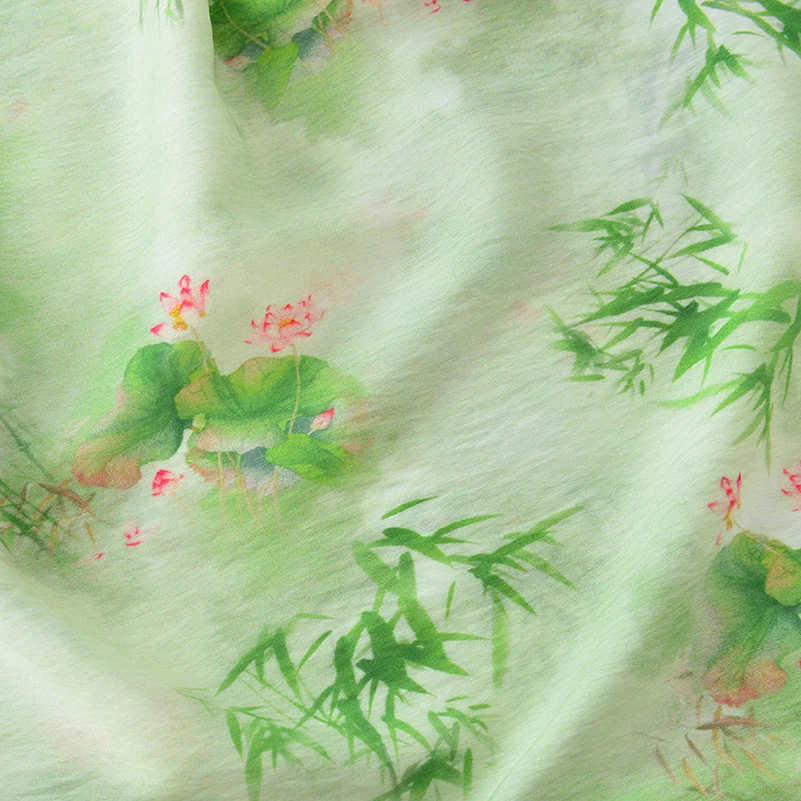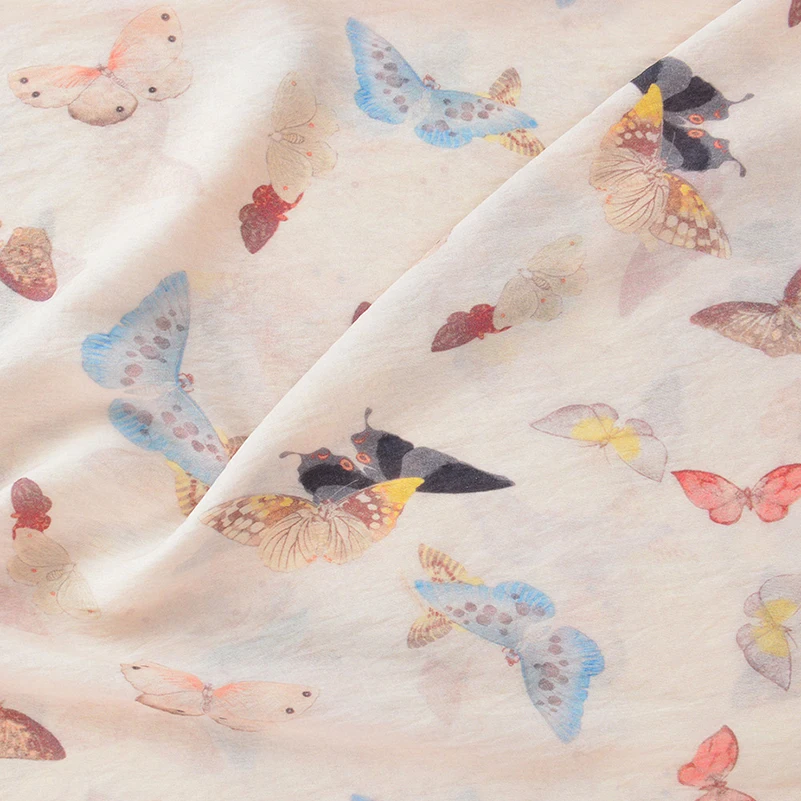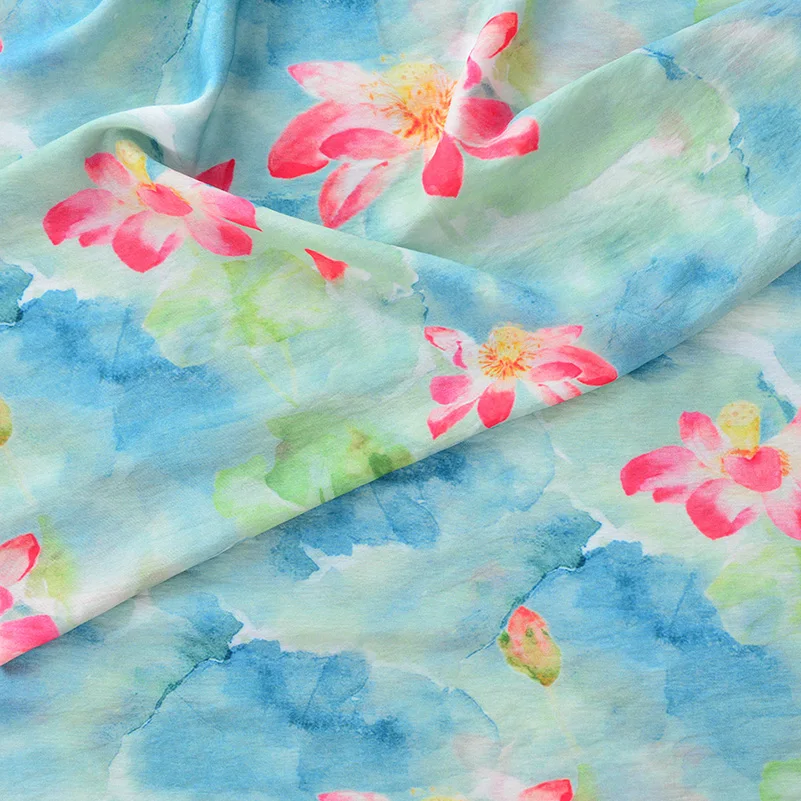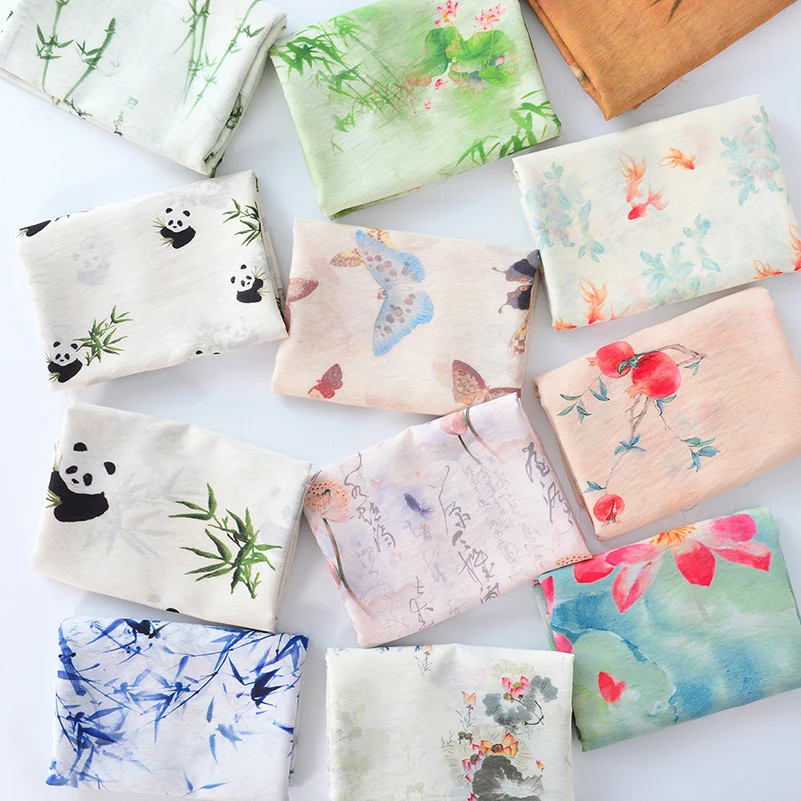Tencel fabric has gained significant attention in the textile world, especially among eco-conscious consumers and sustainability advocates. As a natural and biodegradable fabric made from sustainably sourced wood pulp, Tencel has positioned itself as a luxurious alternative to traditional textiles. However, with growing concerns over materials and their environmental impact, many wonder: is Tencel fabric toxic? This article delves into Tencel’s production process, properties, ecological benefits, and health concerns surrounding its use, aiming to clarify what makes Tencel an attractive choice for many.
The Origins of Tencel Fabric
Tencel is a brand name for lyocell, a type of regenerated cellulose fiber made primarily from the wood pulp of trees like eucalyptus, beech, and spruce. The journey of Tencel begins with sustainably harvested wood from certified forests, ensuring that the raw materials are sourced responsibly. The wood is then broken down into pulp, which is dissolved in a non-toxic solvent to create a slurry. This slurry is then extruded through a spinneret to form fibers, which are washed, dried, and eventually spun into fabric.
One of the groundbreaking aspects of Tencel’s production is its closed-loop process. Unlike many conventional fabrics, the solvent used to dissolve the wood pulp is recycled and reused, minimizing waste and reducing the environmental footprint of production. This approach not only enhances the sustainability of the material but also significantly diminishes the overall toxicity of the production process. This aspect is paramount in combating challenges posed by textile manufacturing, including water pollution and chemical waste.

The Properties of Tencel Fabric
Tencel fabric stands out not just for its production process but also for its remarkable properties. The fibers are soft, breathable, and have excellent moisture-wicking abilities. This makes Tencel a popular choice for clothing items intended for warm climates or for those who lead active lifestyles. Because Tencel can absorb moisture efficiently, it helps regulate body temperature, keeping the wearer comfortable.
In addition to comfort, Tencel is also known for its durability. The fibers resist wrinkles, making Tencel garments easy to care for and long-lasting. Furthermore, the fabric holds dye beautifully, resulting in vibrant colors that don’t fade easily. These qualities make Tencel appealing to both consumers and manufacturers who prioritize quality and longevity in their products.
Another noteworthy feature is Tencel’s biodegradability. Unlike synthetic fabrics like polyester, which can take hundreds of years to decompose, Tencel breaks down more readily in the environment, leaving a significantly lower ecological footprint. When considering the lifespan of a garment, Tencel’s properties contribute not only to consumer satisfaction but also to sustainability—essential in the modern textile landscape.
The Environmental Benefits of Tencel
Tencel has garnered acclaim for its various environmental benefits. The fabric’s production process is designed to minimize water use and waste, in stark contrast to the conventional cotton industry, which relies heavily on water and pesticides. For example, Tencel production utilizes a closed-loop system that recycles water and solvents, virtually eliminating harmful waste. This is particularly important in an era when water scarcity and pollution are critical global concerns.
Furthermore, Tencel’s sourcing from sustainably managed forests plays a pivotal role in maintaining ecological balance. These forests often provide habitats for various species, support biodiversity, and contribute to carbon sequestration. By choosing Tencel over more resource-intensive or chemically treated alternatives, consumers can make a substantial difference in promoting sustainable forestry practices.
From an end-of-life perspective, Tencel’s biodegradability also makes it an advantageous textile option. Many consumers are becoming increasingly aware of the fashion industry’s contribution to landfill waste. Tencel’s ability to decompose naturally means that clothing made from this material can return to the earth without leaving harmful residues—an essential consideration for environmentally friendly fashion.

Is Tencel Fabric Toxic?
The question of toxicity often arises in discussions surrounding textile materials, and Tencel is no exception. To address the concerns surrounding potential toxicity, one must consider the entire lifecycle of Tencel—from production to wear and decomposition. During its manufacturing process, Tencel uses a non-toxic solvent, amine oxide, which is less harmful than the chemicals commonly used in other types of fabric production. Furthermore, as mentioned earlier, this solvent is recycled in a closed-loop system, significantly reducing any environmental toxins released during manufacturing.
In terms of safety for consumers, Tencel fabric is free from hazardous substances that are typically found in conventional textiles. It’s hypoallergenic and often recommended for those with sensitive skin. Moreover, Tencel is Oeko-Tex certified, meaning it has been tested for harmful substances and deemed safe for human use. This certification provides consumers with added reassurance about the safety and environmental impact of the fabric they are wearing.
However, it’s crucial to differentiate between the fabric’s production process and how it interacts in different contexts. There may be instances where treatments, finishes, or dyes applied to Tencel fabric could introduce harmful chemicals. Therefore, it’s always advisable to check labels and certifications when purchasing textiles to ensure that they align with sustainability and health standards.
The Versatility of Tencel in Fashion and Home Decor
Tencel’s versatility makes it a sought-after material not just for clothing, but also for home textiles. The soft and luxurious feel of Tencel fabric lends itself beautifully to garments like dresses, blouses, and activewear, but it can just as easily be incorporated into bedding, curtains, and upholstery. Its unique breathability and moisture-wicking properties make it ideal for use in bedding materials, ensuring a comfortable night’s sleep.
A variety of companies and designers have begun to take advantage of Tencel’s diverse characteristics and aesthetic appeal. Whether through drapey jumpsuits or silky sheets, Tencel can seamlessly blend in with numerous styles. Home decor made from Tencel is particularly popular among environmentally aware consumers looking to create chic yet sustainable living spaces. These attributes make Tencel a compelling option for those wanting to consciously invest in more sustainable lifestyle choices.
Moreover, as the fashion industry shifts towards more sustainable practices, designs using Tencel are becoming increasingly common on the runway and in retail stores. Collaborations between high-end designers and sustainable fabric manufacturers are paving the way for a future where eco-conscious options are both stylish and accessible. The allure of Tencel fabric is clear—it offers consumers a way to express their identity and values without compromising on quality or aesthetics.

Debunking Myths and Misconceptions about Tencel
Despite its many advantages, some myths and misconceptions about Tencel persist. For example, some believe that Tencel is a synthetic fabric. In reality, Tencel derive from natural cellulose found in trees, making it a semi-synthetic material. This distinction is crucial because it informs consumer expectations around biodegradability, sustainability, and comfort.
Another common myth is that Tencel expensive compare to cotton or polyester fabrics. While it is often priced higher than traditional textiles, this cost reflects its sustainable production practices, quality, and durability. When considering the longer lifespan and reduced environmental impact of Tencel, many consumers find that investing in high-quality, sustainable textiles is worthwhile.
Lastly, some question Tencel’s performance compared to other materials when it comes to laundry and maintenance. Critics often cite that it requires special care or is prone to shrinkage. However, Tencel is typically machine washable and resistant to fading, pilling, and wrinkling, making it highly practical for everyday use. Ensuring you follow care instructions found on the garment labels can help to mitigate any concerns regarding maintenance, allowing consumers to enjoy the benefits of Tencel fabric fully.
Conclusion: Making Informed Choices
Tencel fabric stands as a prime example of how innovation can lead to more sustainable and user-friendly textile solutions. With its eco-friendly production process, versatility, and superior properties, Tencel has made a name for itself as a luxurious yet responsible material. Most importantly, it challenges the harmful narratives that have historically enveloped the textile industry, highlighting the possibility of crafting fabrics that are not only enjoyable to wear but also kind to our planet.
As consumers become increasingly aware of the impacts of their purchasing decisions, understanding materials like Tencel allows them to make informed choices. It’s not just about selecting a fabric; it’s about choosing a lifestyle that values sustainability, health, and ethical practices. Tencel exemplifies this ethos, providing a viable alternative to conventional textiles without sacrificing quality or comfort.









